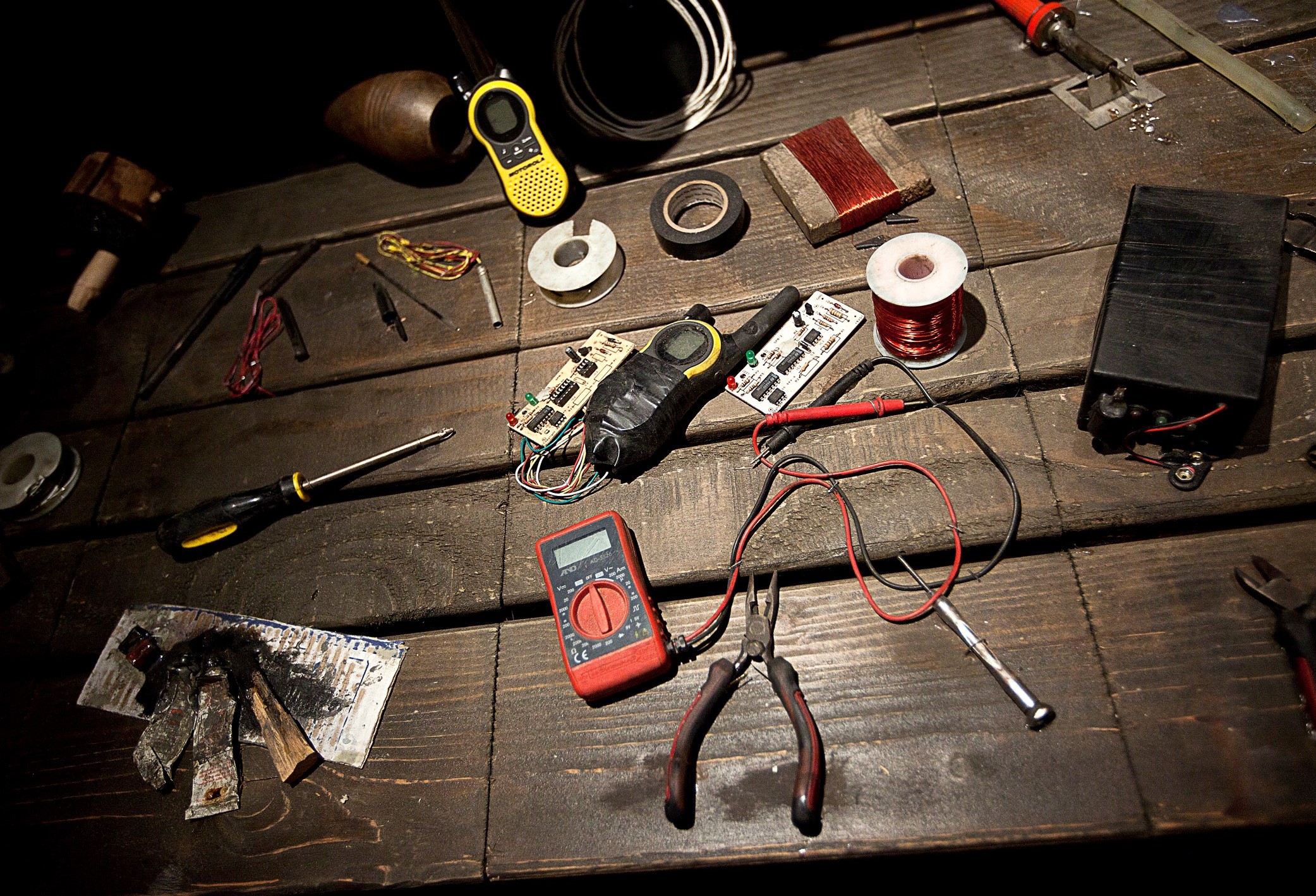The Improvised Explosive Device (IED) is the weapon of choice of terrorists around the globe. And the US is not immune. It’s a growing threat that all first responders must contend with. The threat from homegrown extremists and international terrorist networks is very real. It’s crucial for all first responders to become proficient in the tactics, techniques and procedures to deal with this threat.
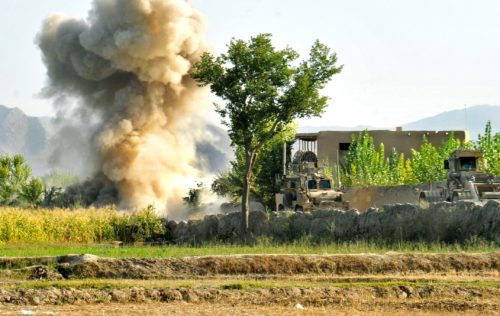
Learning from the Miltary
IEDs have been the number one killer in Iraq and Afghanistan. To help counter this deadly threat, US Army Soldiers are introduced to IEDs from the beginning of Basic Combat Training in an effort to enhance their situational awareness. The other Services have similar programs.
IED awareness training begins in the classroom with a detailed IED class and familiarization training. Soldiers are taught not only to look out for IEDs, but to also look out for clues that an IED may be around. In the first week of training Soldiers are taught the “5c’s.” If a suspicious item is found, Soldiers are taught to confirm, clear, call, cordon and control. They are trained to report the IED to their tactical operations center so an EOD team can be dispatched.
The next time the Soldiers enter the classroom or their dining facility, an IED is placed somewhere obvious in the room for Soldiers to find and report. As the weeks proceed, drill sergeants hide IEDs in less obvious places to challenge their Soldiers observation skills.
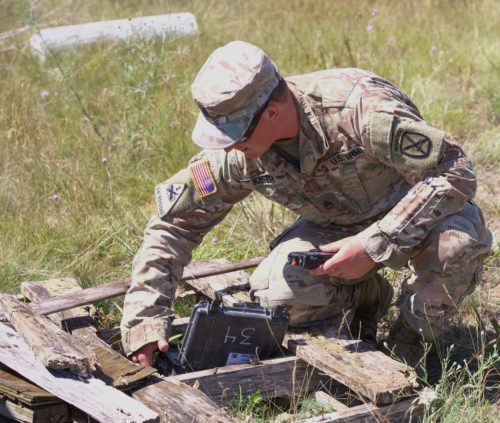
By the fourth or fifth week of training IED awareness training becomes an integral part of training exercises. IED simulators are incorporated during field training exercises. The goal is to employ simulated IEDs in the same manner Soldiers will see in theater. Searching for IEDs becomes an integral part of each training event. If Soldiers fail to locate an IED, they quickly learn that there are consequences. They must deal with the “casualties” and complete their task with fewer people.
The construction of IEDs is not rocket science. Virtually anyone can make IEDs. They may be easily constructed out of common available materials and may contain a variety of fillers, including explosive, chemical, biological, radiological, shrapnel and other hazardous materials. The only limitations are the ingenuity of the bomber and the available materials. It’s not rocket science. The know-how is widely available on the Internet and in numerous widely available books and manuals.
IED Awareness Training for First Responders
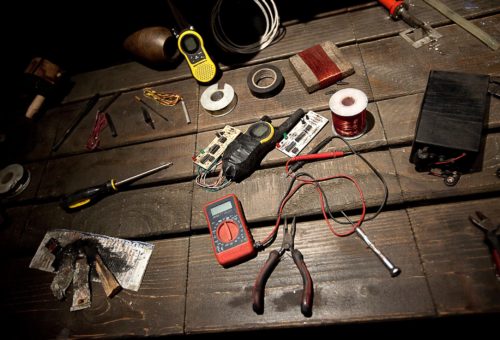
Agencies throughout the US are becoming increasingly aware of the need toprovide IED awareness training for all first responders, not just for the SWAT team.
One of the best sources for IED training is, not surprisingly, the US government. The Technical Support Working Group (TSWG) is a national interagency program for research and development into counter terrorism measures under the Combating Terrorism Technical Support Office (CTTSO) It offers a wide range of publications and training support packages for federal, state and local agencies and for commercial entities if permitted by security guidelines. For a complete listing, go to the TSWG website.
A good starting point for training is the TSWG’s IED Awareness for First Responders Training Support Package. It’s a complete training package that focuses on information pertaining to current IED threats and countermeasures. It’s designed to train emergency responders to understand the threat posed by IEDs, recognize the different types of IEDs and their components, potential targets and methods employed by terrorists using IEDs and how to respond to IEDs before and after detonation.
It consists of a 190 page three-ring binder that includes instructor and student manuals, CD-ROM (s) with PowerPoint® presentations and manuals, and classroom videos (DVD and VHS).
The FBI and BATFE (ATF) are also great training resources. The FBI offers IED training to law enforcement through its National Improvised Explosives Familiarization (NIEF) Initiative. The ATF offers a variety of explosives training programs for government agencies. Although most of these courses are designed for EOD personnel and law enforcement personnel whose primary mission is to investigate bombing incidents, ATF has offered a one-day basic Introduction to Explosives and IEDs course.
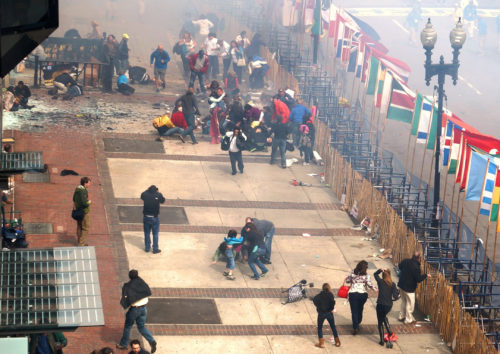
IED Training Aids
Incorporating IED simulators into training exercises is a great tool to reinforce classroom IED training and enhance first responder awareness. IED simulation should become a routine part of training.
IED training aids fall into two categories: inert and active. Inert IED training aids are completely inert and don’t contain any type of hazardous or energetic materials. They can be configured to many different standards and are primarily employed for IED recognition training and by the motion picture industry.
Inert Products, LLC, is one of the largest suppliers of inert IED training aids and dummy explosives. Inert Products has collaborated with a number of companies to provide IED awareness training, which utilize products designed and produced by Inert Products. Inert Products doesn’t offer its products to the general public.
Active IED simulators may be either pyrotechnic or non-pyrotechnic. Non-pyrotechnic IED simulators are powered by compressed gas, typically CO2.
Non-pyrotechnic IED simulators have a number of advantages over their pyrotechnic counterparts. They allow for safe, direct contact training with safe yet effective noise levels, as well as a large visual impact. Non-toxic smoke simulator powder provides the added realism.
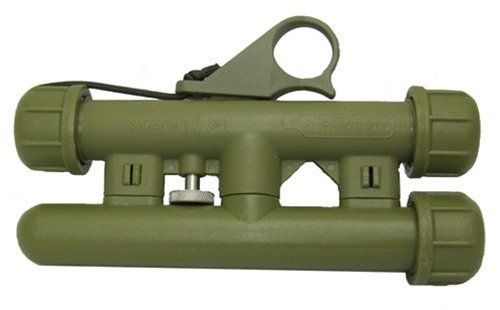
Non-pyrotechnic IED simulators allow virtually unrestricted training at a low cost. They have no environmental impact / fire hazard and allow immediate recovery and re-use. They have no shipping restrictions or special storage requirements.
The use of non-pyrotechnic booby-trap and IED simulators will help increase officer awareness of the dangers inherent with booby traps in a safe yet effective manner. Rigging IED simulators in hidden locations throughout a training area reinforces the need of every officer to always check for booby traps during an operation.
Non-pyrotechnic IED simulators are as close as your local paintball dealer. Don’t let the word “paintball” turn you off. Many of these devices were originally designed for military training before being subsequently marketed to the paintball / airsoft community. It’s a win-win scenario as costs are kept down.
Summing It All Up
To sum it all up, in today’s world, IED awareness training is essential for all first responders. Implementing an effective training program need not be expensive. It can and should be incorporated into existing training programs. Agencies need to follow the military’s example.
*The views and opinions expressed on this website are solely those of the original authors and contributors. These views and opinions do not necessarily represent those of Spotter Up Magazine, the administrative staff, and/or any/all contributors to this site.

